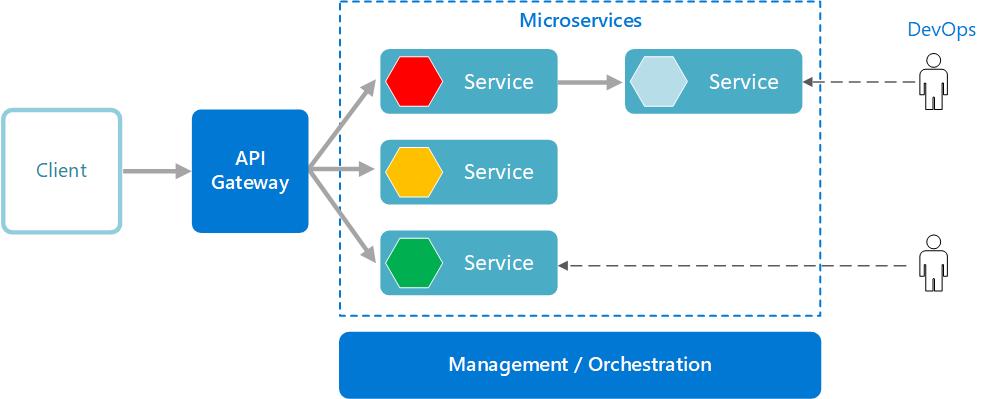Embracing Microservices Architecture for Agile and Scalable Software Development

Microservices architecture has rapidly become a dominant model in software development, revolutionizing the way applications are designed, built, and maintained. Unlike traditional monolithic systems, where all functionalities are tightly bound together, microservices architecture decomposes a large application into a suite of small, independent services. Each service is focused on a specific business function and communicates with others via lightweight APIs. This modular approach allows development teams to work independently, accelerate deployment cycles, and improve system resilience and scalability. Companies adopting microservices architecture find themselves more agile and responsive to evolving market demands.
One of the key benefits of microservices architecture lies in its ability to support continuous integration and continuous deployment (CI/CD). Development teams can deploy new features or updates to individual services without affecting the entire system. This independence reduces risk, shortens downtime, and accelerates innovation. Moreover, services can be built using different programming languages and frameworks best suited to their specific function, enabling a polyglot development environment. Microservices also align seamlessly with DevOps practices, promoting a collaborative culture between development and operations teams and enhancing overall productivity.
Scalability is another defining advantage of microservices architecture. In traditional monolithic systems, scaling a single component often requires scaling the entire application, leading to inefficient resource utilization. With microservices, each service can be scaled independently based on demand. For example, during peak usage, the payment processing service in an e-commerce application can be scaled without affecting the catalog or user management services. This elasticity is particularly valuable in cloud-native applications, where infrastructure can be dynamically allocated and optimized for cost and performance.
Containerization technologies such as Docker and orchestration platforms like Kubernetes have further empowered the adoption of microservices architecture. Containers package services along with their dependencies, ensuring consistent deployment across different environments. Kubernetes automates deployment, scaling, and management of containerized applications, making it easier to operate complex microservices environments. The combination of microservices and containers enables faster delivery cycles, resilience to failure, and efficient resource utilization in distributed systems.
Despite its many advantages, microservices architecture also introduces new challenges, particularly in areas such as service discovery, security, and data consistency. Service discovery is essential to ensure that services can dynamically locate and communicate with each other. API gateways are commonly used to handle service discovery, routing, load balancing, and security enforcement. On the security front, microservices require robust authentication and authorization mechanisms, especially when services are exposed to external clients. Implementing secure communication channels using protocols like HTTPS and incorporating API security practices is vital to maintaining system integrity.
Data management is another critical concern in microservices environments. Unlike monolithic applications where a single database serves all components, each microservice in a microservices architecture typically manages its own database. This approach ensures loose coupling and data encapsulation but introduces complexity in maintaining data consistency and executing transactions across services. Event-driven architectures and eventual consistency models are often employed to address these issues. Developers must design with resilience and data synchronization in mind to ensure a seamless user experience.
Monitoring and observability are essential aspects of operating microservices at scale. With numerous independent services running concurrently, it becomes challenging to identify performance bottlenecks or diagnose issues. Centralized logging, metrics collection, and distributed tracing tools provide insights into system behavior and performance. Tools like Prometheus, Grafana, and Jaeger are commonly used to monitor microservices and visualize system health. Observability helps teams proactively detect anomalies, troubleshoot faster, and maintain system reliability.
Many leading organizations have embraced microservices architecture to gain a competitive edge. Tech giants like Netflix, Amazon, and Uber have pioneered the use of microservices to build scalable, resilient systems capable of handling millions of users. Netflix, for example, transitioned from a monolithic architecture to microservices to achieve faster development cycles and higher availability. These success stories highlight the transformative impact of microservices on digital transformation initiatives across industries such as finance, healthcare, retail, and logistics.
Implementing microservices architecture requires a strategic shift in both technology and mindset. Teams must embrace agile practices, invest in automation, and foster a culture of collaboration. A well-defined governance model, service registry, and API documentation are critical for maintaining order in a microservices ecosystem. Organizations should also prioritize training and upskilling their development teams to effectively manage the complexities of distributed systems. While the journey to microservices may be challenging, the long-term rewards in agility, scalability, and resilience make it a worthwhile investment.
Source - https://www.marketresearchfuture.com/reports/microservices-architecture-market-3149
Microservices architecture represents a paradigm shift in software development, offering a modular, scalable, and resilient approach to building modern applications. By breaking down monoliths into independent, self-contained services, organizations can accelerate innovation, improve maintainability, and respond swiftly to changing market needs. With the right tools, practices, and cultural alignment, microservices architecture can drive digital transformation and position businesses for sustainable success in the dynamic world of software engineering.
- Art
- Causes
- Crafts
- Dance
- Drinks
- Film
- Fitness
- Food
- Jogos
- Gardening
- Health
- Início
- Literature
- Music
- Networking
- Outro
- Party
- Religion
- Shopping
- Sports
- Theater
- Wellness
